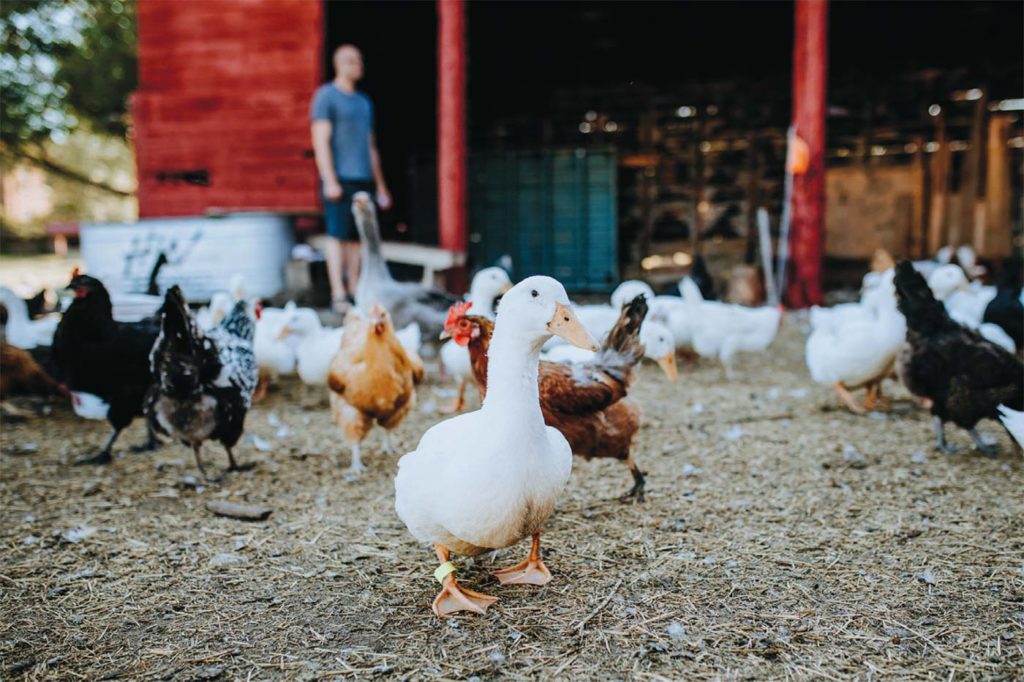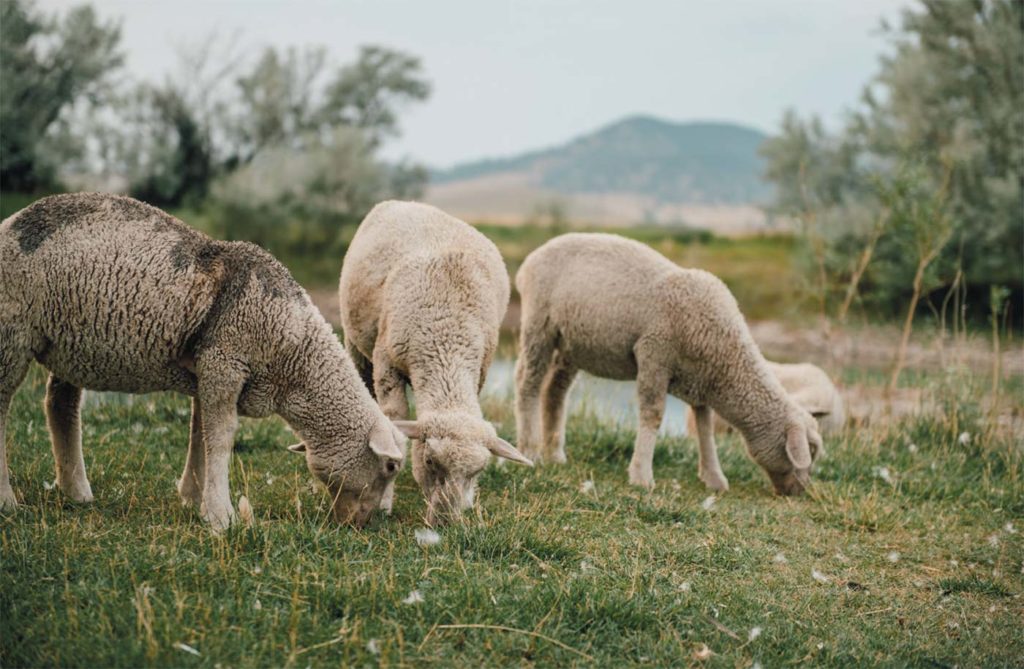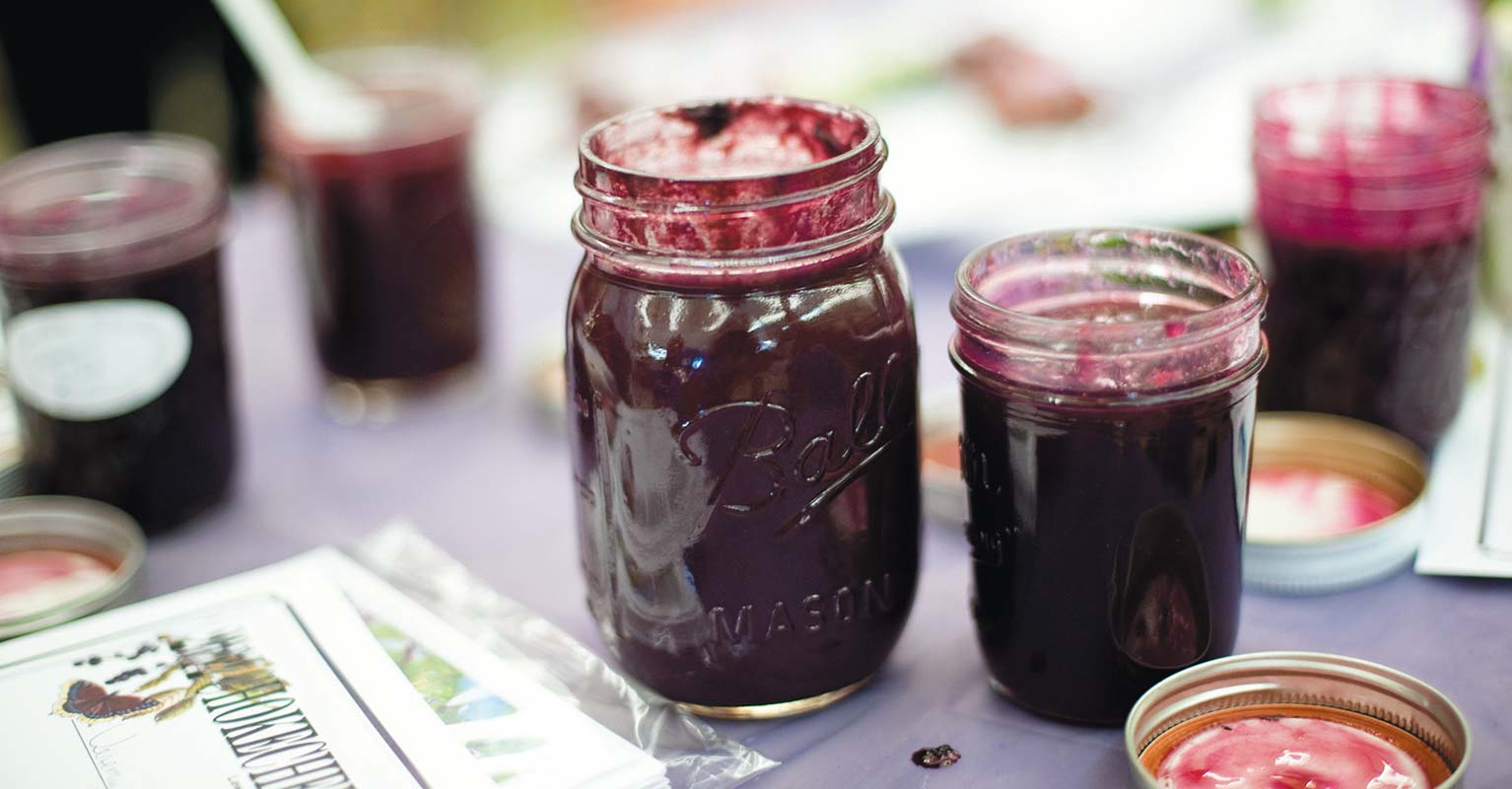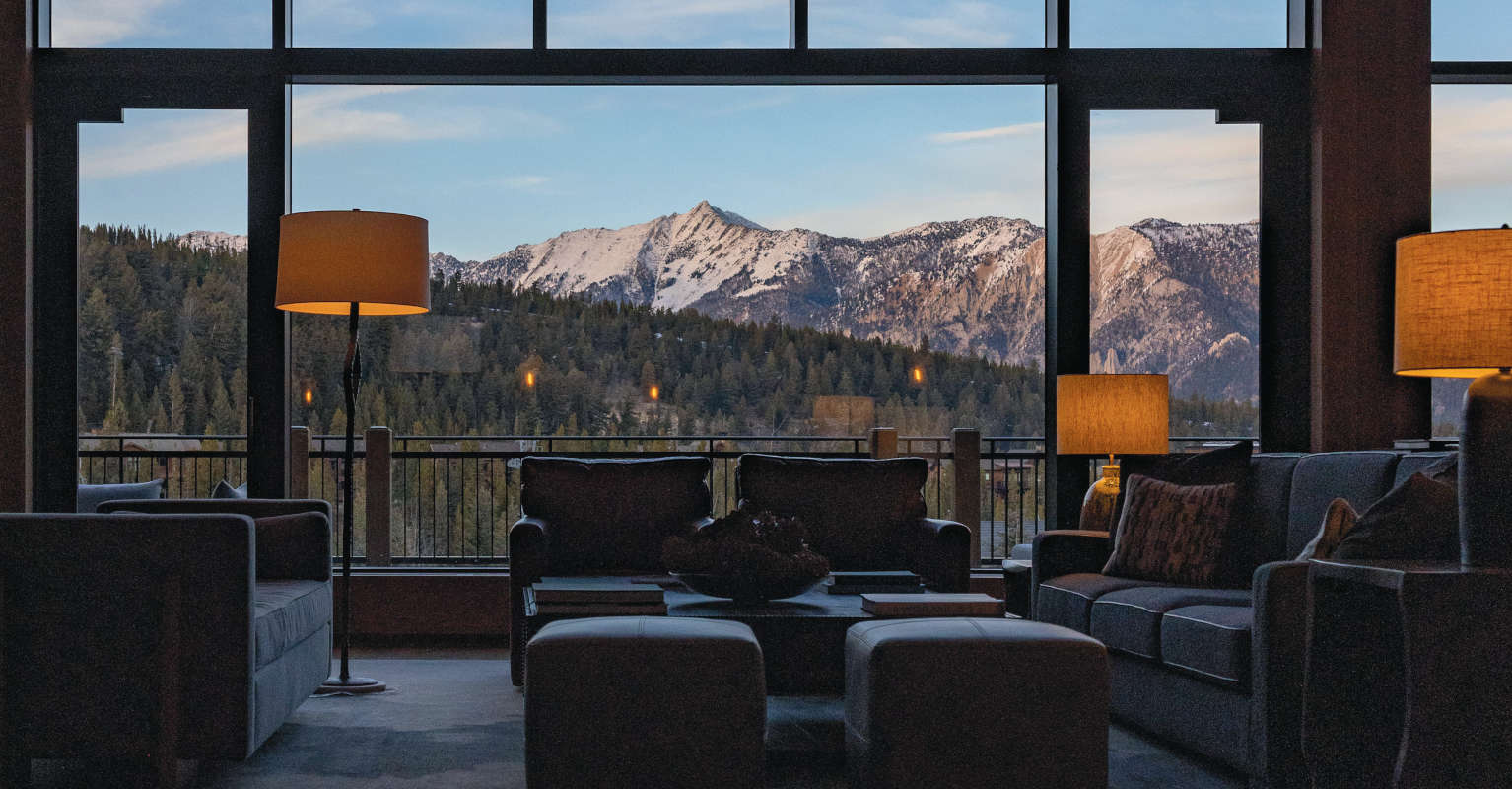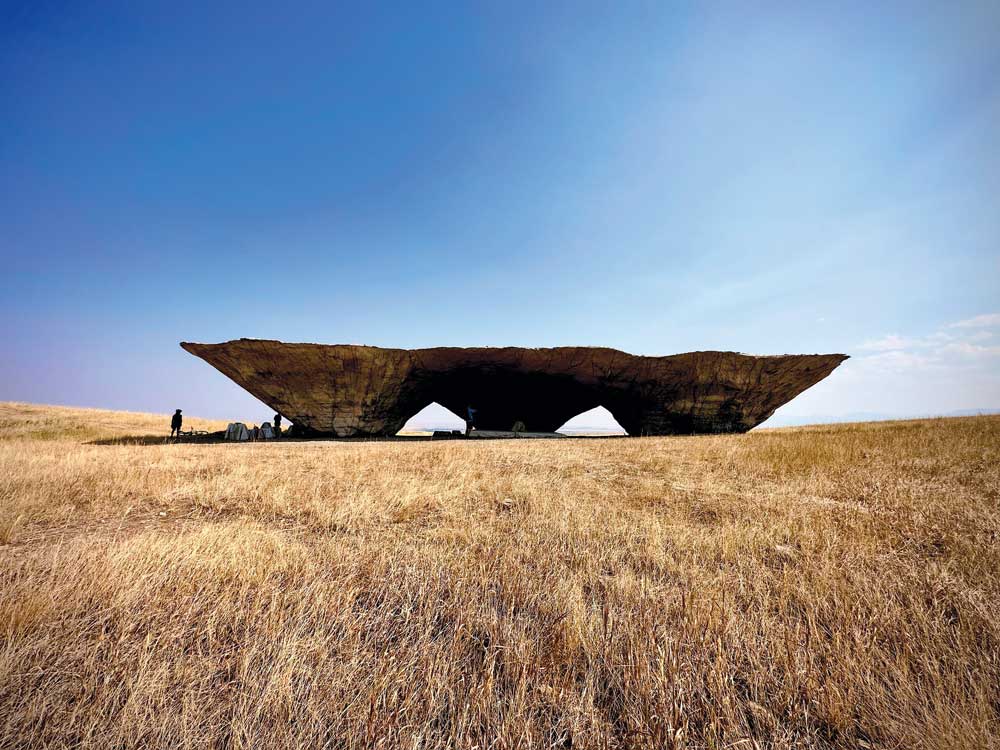Experiential is the word that regularly marinates the conversation when Jared Engels and Paul Mabie, owners of Oddfellow Inn and Farm in the Helena Valley, discuss the ambitious, vertically integrated food system that they are gradually implementing on their land.
From the bed-and-breakfast housed in a brick building constructed in 1928 as a service house for orphans, widows, and retirees by the nonpolitical, nonsectarian Independent Order of Odd Fellows—one of the oldest fraternal organizations in the world—to the elevated dining at the Maison—a French bistro with an astutely modifiable, mostly home-sourced menu—to the 41 acres of luscious produce and roaming livestock, Engels and Mabie anticipate their guests will relish the full experience.
“The Odd Fellows did a lot of farming to feed the residents and they distributed food to the community,” Engels says. “In some way, we are bringing the land and soil back to its original intended purpose.”
When Engels and Mabie opened Oddfellow as a B&B in July 2019, it was part of a larger idea to provide the community with access to fresher, more delicious, sustainable produce by selling homegrown vegetables at places such as the Helena Farmers’ Market. To fulfill the vision, they started farming responsibly on a small scale, step-by-step rehabilitating and enriching the old hay pastures through regenerative agricultural practices. Next came the opening of the Maison, a sophisticated, elevated dining experience that either utilizes what is available at the farm—such as fresh greens, vegetables, goat cheese, lamb, an assortment of eggs, and more than 1,000 pounds of pork each year— or what is accessible through a network of small purveyors supplying items such as salmon, mussels, or halibut.
“There are a number of challenges to working with our model,” Mabie says. “There is snow on the ground potentially six months of the year. That makes for a difficult growing season. There are a limited number of ingredients that are available to grow here. But we are sticking to our vision and the difficult concept of being farm-to-table.” He adds that sometimes they have to be flexible and creative, perhaps relying on canning for food preservation or working with root vegetables that withstand cold temperatures and storage.
“We see the farm-to-table experience as coming back to our roots,” Mabie says. “We went from à la carte to featuring things that are here on the farm. It is a beautiful collaboration between the kitchen and the farmers and the timing of the season. Being fl exible requires a lot of transition and pivoting.”
The business partners view what they do as a lifestyle-inclined business, the difference between simply feeding people or providing them with a place to dine. Holistically, they supply the inclusive sequence and joy of farm-to-table, from eating to simply soaking up the good feelings absorbed while spending time al fresco.
“At the Maison, it is not a rushed experience,” Mabie says. “You have the table for the evening. And you get to see a way of living that’s in harmony with nature and in rhythm with the land. The B&B is a historic house without modern convenience of televisions and USB plug-in outlets, and it is an opportunity for people to set themselves in that Old-World style of living, which then creates a palate for us to present the farm and fully envelop them in that experience.”
Indeed, the owners have built a whole infrastructure—an inn, restaurant, and farm—around food as community wellness. Ultimately, the first two entities are a means and method of showcasing the latter.
“Opening the restaurant provided more access to the farm,” Mabie says. “We wanted to use the restaurant as an avenue to explore and enjoy the farm. People can come meet the animals, meet the gardeners, stick their hands in the soil, taste the food and the beautiful ingredients. That’s a full-circle and educational experience. Anything and everything that we do is for the farm and the food.”


